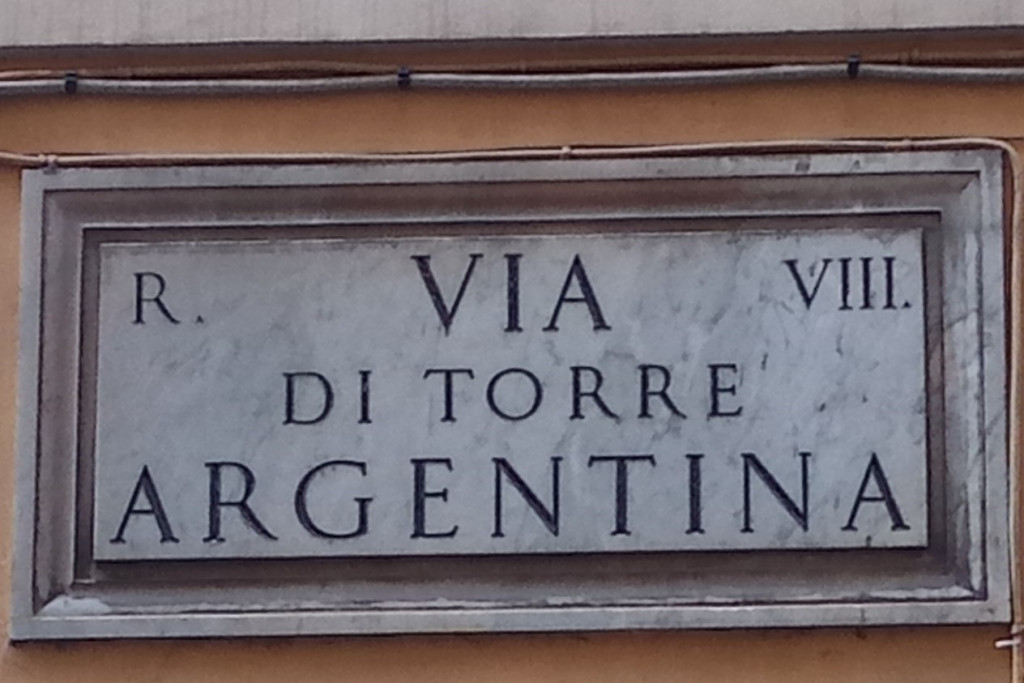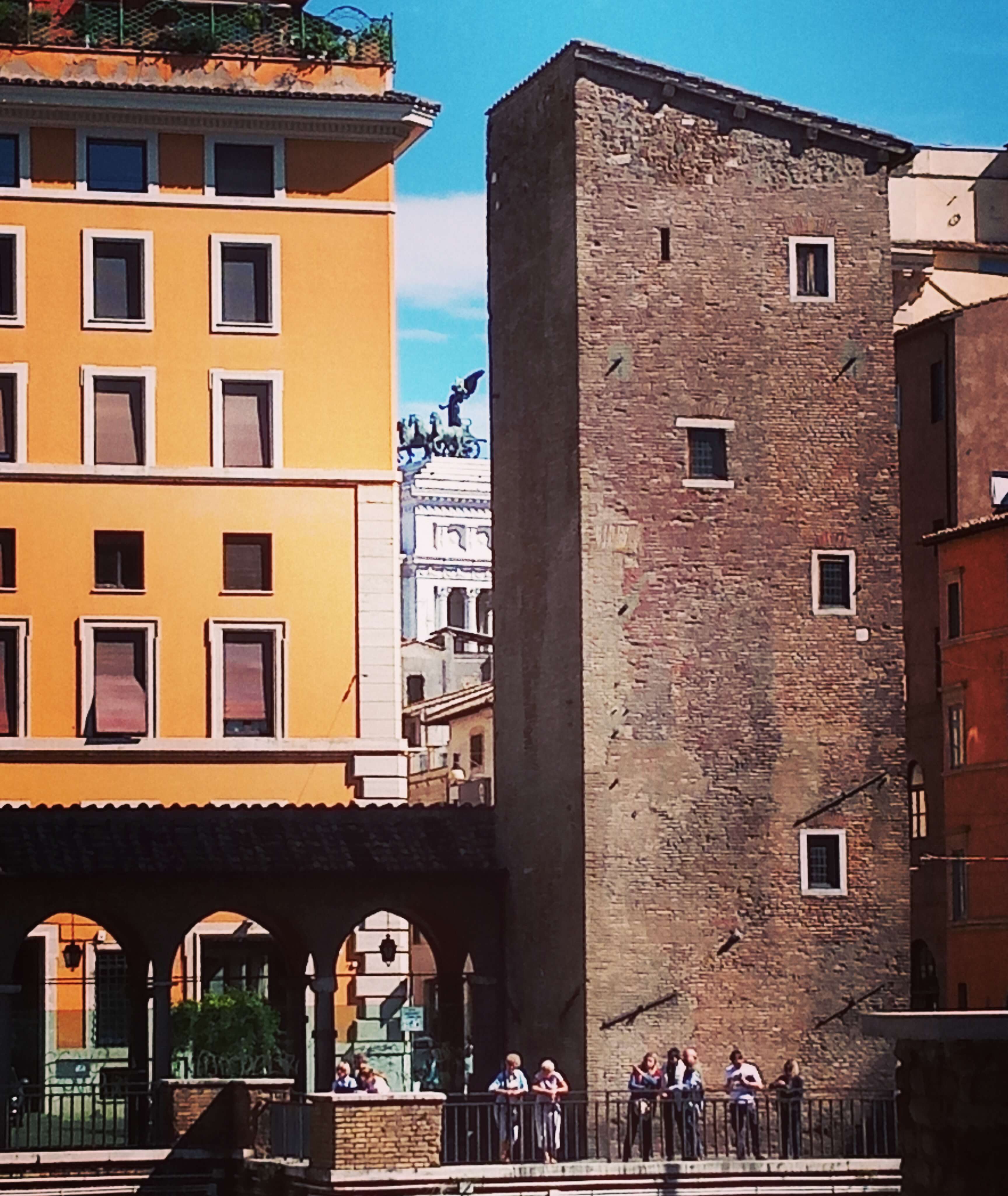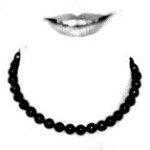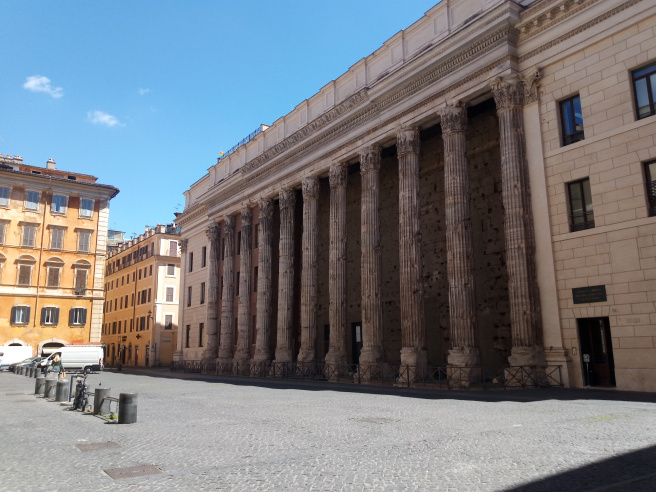
As my twenty-five readers – quoting Alessandro Manzoni, with Dante Alighieri, the father of the Italian language – will know, I always say Rome is a city that never ends. And I’m right to say so because here, even the names of the streets, like everything else, have a story to tell. In the Sant’Eustachio district, for example, where Vincenzo has his goldsmith’s shop and painting studio, many streets have the names of the workshops that once embellished this part of Rome. When you’ll walk in this area, please notice: via dei Cestari, via dei Chiodaroli, via dei Chiavari, via dei Sediari, via degli Staderari etc. are the streets of the artisans who made respectively baskets, nails, keys, chairs and “stadere”, ancient name for scales.
It is also interesting to note, for those of you who speak a little Italian, that the names of these craftsmen are written in Roman dialect. In fact, the Italian suffix -aio which is used to form names linked to pre-technological crafts (librAIO = bookseller, macellAIO = butcher, etc.) is translated into Roman -aro. Still today!
Many other streets of the district also give us precious information about the history of the place. Via della Dogana Vecchia (Old Customs street) for example, tells us that there, there was precisely the Customs of goods arrived by land during the Papal State before Pope Innocent XII moved it to Piazza di Pietra at the end of the seventeenth century. Exactly in the building that now houses the Chamber of Commerce and which – in order to better understand the importance of the words “stratification” and “recycling” in this city – was built on the remains of the Temple of Hadrian.
There is also a street with a very particular name in which you will surely come across to go to the Pantheon which is right on the border of Sant’Eustachio district with Pigna district: via di Torre (tower) Argentina. Of course, our mind goes immediately to South America, the Tango, every time we wanted to learn how to dance it but we didn’t have a partner, the Pampas gauchos galloping on their horses, the Andes mountain range; but we’re totally off the road.
Nearby there is also Largo di Torre Argentina. If we look around a bit we finally see a tower …but, like Argentina nation, this tower has nothing to do with the name of the place.
In fact, “Argentina” comes from the Master of Ceremonies of Pope Alexander VI Borgia, Giovanni Burcardo, who was born in Strasbourg. Strasbourg in Latin was called “Argentoratum” because of the nearby silver mines. Giovanni Burcardo, who loved to sign himself “bishop argentinus” in memory of his hometown, at the end of the 15th century, built his house in via del Sudario 44, a few steps from the place we’re talking about. The house, still visible, had a tower that is no longer visible but, after six centuries, the place still keeps the memories of all this and tries to let us know his story.
The tower that we see in Largo di Torre Argentina is the so-called Tower of Papito. Probably named so because it belonged to the Papareschi Family or, according to other hypothesis, because one of its owners was Anacleto II Pierleoni (1130-1138), antipope at the time of Innocent II, who was either small in stature (Pope = Papito) or, indeed, not recognized by all as Pope. In the next post, we will go deeper into Largo Argentina because in this place, on the Ides of March of the year 44 B.C., an unforgettable Roman figure, Julius Caesar, was assassinated. Stay tuned!


Federica

